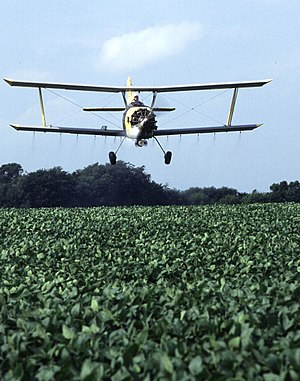**1. Historical Pest Control Methods:**
– Cats used in Ancient Egypt for pest control
– Ferrets domesticated in Europe by 1500 BC for mousing
– Chemical pesticides first used by Sumerians around 2500 BC
– Introduction of insecticides like DDT in the 20th century
– Development of biological control methods due to pesticide side effects
**2. Pest Control in Agriculture:**
– Biological pest control involves using natural enemies of pests
– Cultural control methods like crop rotation and mechanical techniques
– Trap crops divert pests from main crops
– Pesticides are substances used to control pests on crops
– Integrated pest management combines various control methods
**3. Pest Control Methods in Various Environments:**
– Control methods in urban areas include exclusion, quarantine, and repulsion
– Pest control in homes and cities involves sanitation, habitat modification, and repellents
– Pest control in forestry includes monitoring, pheromone traps, and pesticide spraying
– Rodent control in cities for public health and safety
– Pantry pests, carpet beetles, and bookworms infestations and control methods
**4. Specific Pest Control Techniques:**
– Biological pest control through releasing natural enemies into the environment
– Genetic pest control with resistant crop varieties and genetic engineering
– Hunting for pest control with selective pressure on targeted organisms
– Fumigation and sterilization techniques to control pests
– Boron use in insulation for mechanical pest control
**5. Disease Vectors and Airfield Pest Management:**
– Mosquito control methods to prevent diseases like malaria
– Termites’ damage to structures and control methods
– Beetles causing damage to wood and preventive measures
– Bird hazards on airfields and methods to deter them
– Legislation and environmental impact of pest control, including pesticide effects on bee colonies and maximum residue levels
Pest control is the regulation or management of a species defined as a pest; such as any animal, plant or fungus that impacts adversely on human activities or environment. The human response depends on the importance of the damage done and will range from tolerance, through deterrence and management, to attempts to completely eradicate the pest. Pest control measures may be performed as part of an integrated pest management strategy.

In agriculture, pests are kept at bay by mechanical, cultural, chemical and biological means. Ploughing and cultivation of the soil before sowing mitigate the pest burden, and crop rotation helps to reduce the build-up of a certain pest species. Concern about environment means limiting the use of pesticides in favour of other methods. This can be achieved by monitoring the crop, only applying pesticides when necessary, and by growing varieties and crops which are resistant to pests. Where possible, biological means are used, encouraging the natural enemies of the pests and introducing suitable predators or parasites.
In homes and urban environments, the pests are the rodents, birds, insects and other organisms that share the habitat with humans, and that feed on and/or spoil possessions. Control of these pests is attempted through exclusion or quarantine, repulsion, physical removal or chemical means. Alternatively, various methods of biological control can be used including sterilisation programmes.
